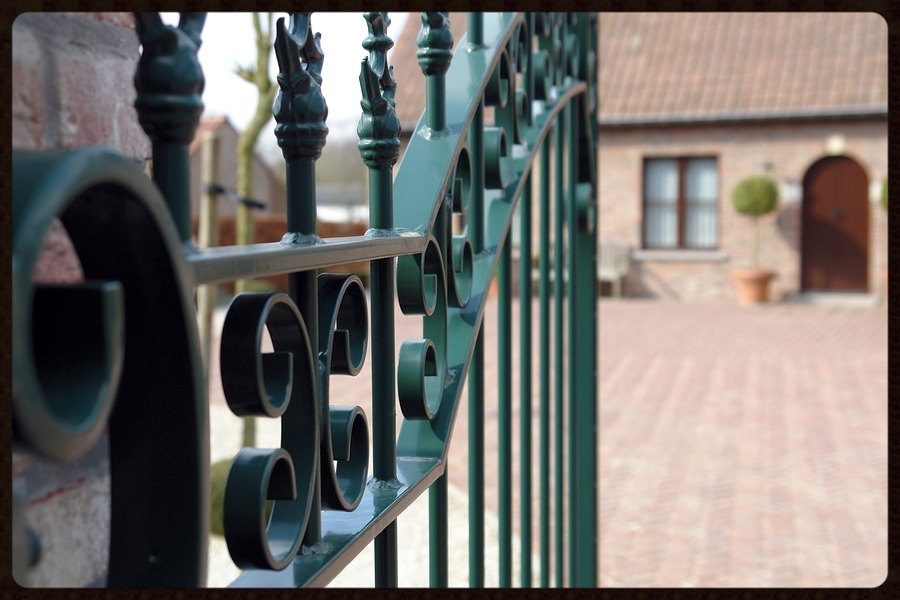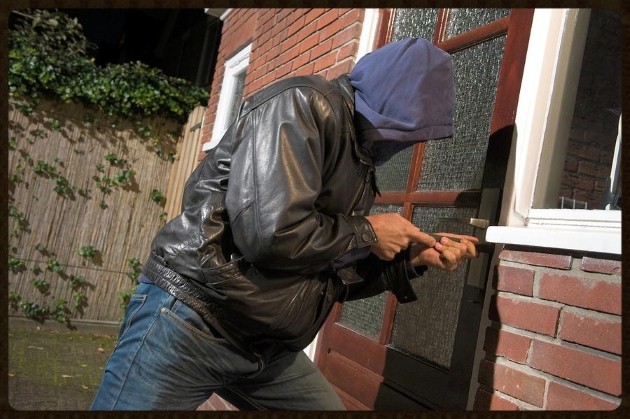
Burglars can be very crafty once they set their sights on robbing your home, nothing can stop them.
They’ll use every trick up their sleeve and every kind of tool at their disposal to enter your home and snatch your valuables.
Even with the proliferation of professionally installed home security alarms, there are still disturbing incidences of home break-ins in.
How can burglars outsmart even state-of-the-art home alarm systems? What goes on in their minds before a burglary? What tools do they use to enter your home? Learn how a break-in happens.
Common Household Items In A Burglar’s Toolkit
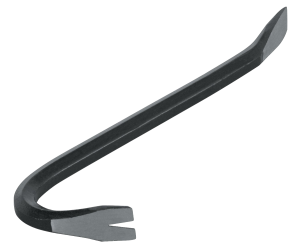 You’d be surprised at some of the tools burglars use. Most of them are common, handyman items found in many homes including yours.
You’d be surprised at some of the tools burglars use. Most of them are common, handyman items found in many homes including yours.
A crowbar or slim jim is a burglar’s go-to tool for prying doors or windows open. It’s simple, easy to use, easy to carry around, and effective.
Hammers, shovels, spades, or a brick wrapped in a thick jacket can also be used to smash windows.
A screwdriver can unfasten door screws and hinges, while a wire cutter can be used to cut the phone line of an entry level home security alarm, rendering it useless.
These tools can be used in many other ways too, often depending on a burglar’s ingenuity.
There are also other tools burglars use that are rarely known like a center hole punch (watch how it works) .
A center hole punch is also considered a hand tool, it’s used to put a dent in a work-piece without using a hammer.
When you press it against a surface, energy is stored in a spring, which releases a “punch”.
They are often used by emergency services to break windows of flipped vehicles to rescue people. Burglars use them against windows to break-in with minimal noise.
Common and Not So Common Theft Techniques
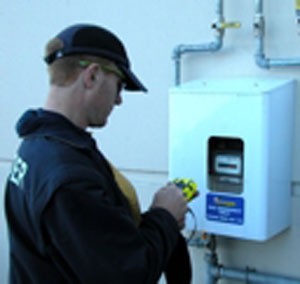
Lock-picking is a ‘not so common’ burglar technique even though we’ve seen it portrayed countless times in movies and TV shows.
There are still professional burglars who make use of this tried and tested technique, particularly on old style locks.
Another good reason to get a locksmith in to replace all your old locks with modern deadlocks which are extremely difficult to pick
A burglar will always go for the rear entry of a house, which he can open forcefully with his tools or by simply kicking the door down.
To a burglar, anything is possible. Other techniques like the following require inventiveness and skill on his part:
- Dismantling cheap alarm systems
- Forcing windows and doors open
- Taking advantage of security lights to see his way in
- Wearing hoods and balaclavas to avoid human and CCTV camera identification
- Posing as a meter reader or scrap metal buyer to gain more knowledge about the ins and outs of your home
Weak Spots Burglars Watch For
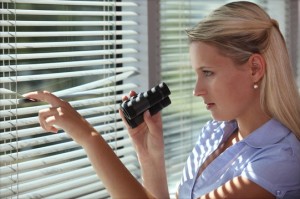 Before making any attempt, burglars look out for your weak spots that can compromise the security of your home.
Before making any attempt, burglars look out for your weak spots that can compromise the security of your home.
They need to make sure that they can pull off entering and exiting your house successfully, with little to no obstacles in their way.
These weak spots often seem like small details to you, but for a burglar, these are huge advantages that increase his chances of a successful break-in.
Inactivated burglar alarms – Some homeowners forget to set their home security alarms before they go out, or even if they do have one, they rarely arm it.
Even if they do sound – homeowners and neighbors often assume it’s a false alarm. This why it pays to have your alarm monitored
Open doors and windows – Sometimes we forget to close a window or two. But that one time we let our guard down could become a golden opportunity for a burglar. An unsecured door or window is an instant invitation for a burglar to go in and loot.
Evidences of non-occupancy – Burglars always look for indicators that you’re out-of-town and the house doesn’t have a living occupant.
These indicators include newspapers and mail that pile up, curtains that always remain closed, or security lights that are never turned off. Once they make sure that no one’s at home, there’s nothing to stop them from breaking-in.
No barking dogs – A house with a noisy dog puts a burglar at a disadvantage. They avoid breaking into these houses and just move on. If you don’t have a dog at home, or your dog is always tied up, your house is fair game to a burglar.
No vehicles in the driveway – No car parked out in the driveway is another indication that the house occupants are away. Many smart thieves have a simple rule to avoid breaking into homes when there are cars present
No nosy neighbors – Neighbors who are vigilant, watch out for each and part of a neighborhood support area puts off a burglar. He’ll more likely scour other neighborhoods with less vigilant or less observant neighbors.
Summary
Even with the advent of more advanced home security systems, some burglars still manage to get away with their crime.
It’s a mistake to assume that your home and neighborhood is always secure or you’ve got everything covered.
Burglars will use every means and tool they can to get what they want from your home.
Armed with common hand tools and tried and tested techniques, they can easily break into your home even with your high-tech alarm system.
What’s important is to always be vigilant in maintaining security measures and remember to set that alarm.





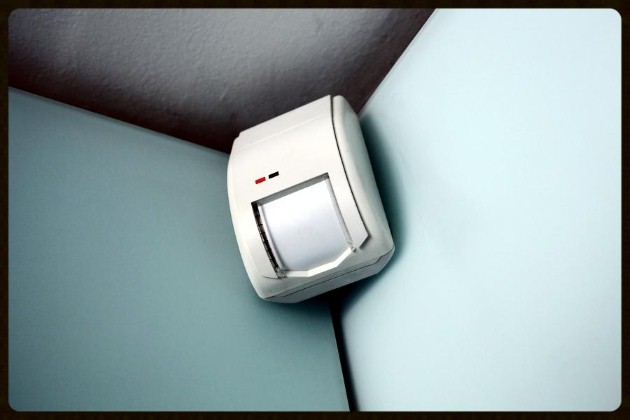


 You’d be surprised at some of the tools burglars use. Most of them are common, handyman items found in many homes including yours.
You’d be surprised at some of the tools burglars use. Most of them are common, handyman items found in many homes including yours.
 Before making any attempt, burglars look out for your weak spots that can compromise the security of your home.
Before making any attempt, burglars look out for your weak spots that can compromise the security of your home.

